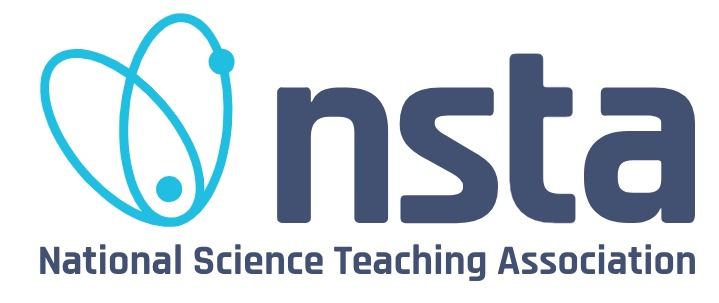An Evaluation of Teacher Induction Program in Don Sergio Osmena Sr. Memorial National High School Through the Eyes of Beginning Teachers
DOI:
https://doi.org/10.33830/ijrse.v4i2.1151Abstract
The Department of Education, Division of Cebu City, Philippines, supports its Basic Education Learning Continuity Plan in the new normal. With the new trend of hiring new teachers, the Teacher Induction Program is one of the challenges ever faced by neophyte educators. This action research determined the challenges encountered by the beginning teachers during their Teacher Induction Program (TIP) in improving instructional effectiveness and professional development throughout the process. Using mixed methods of research design, the researchers administered survey questionnaires on their performances as well as a structured interview with the 12 novice teachers and conducted cross-validation for qualitative data analysis. Results showed that the Individual Performance Commitment Rating Form (IPCRF) has the highest rating (M= 4.0400) compared with their IPCRF Self-Rating (M= 3.7242) and TIP coordinator's rating (M= 3.7235). There is also a significant mean difference between the three mentioned variables (F= 4.36932) p-value is 0.02073, which leads to the rejection of Ho. However, the respondents are less serious when it comes to the challenges encountered in instruction, classroom management, and school location. Using Colaizzi’s Approach, 4 emerging themes surfaced: an Orderly Learning Environment; the Development of Effective Teaching Practices; Show Love, Respect, and Caring; and the Promotion of Personal and Professional Development. Based on the findings of the study, an enhanced mentoring program embedded in an action plan is recommended for reevaluating the TIP with the past induction efforts of the respondents, with stronger support from the school administrators.
Downloads
Published
How to Cite
Issue
Section
License
Copyright (c) 2022 Reynaldo Moral, Charlie Zayas

This work is licensed under a Creative Commons Attribution-NonCommercial 4.0 International License.
Content Licensing, Copyright, and Permissions
1. License
International Journal of Research in STEM Education (IJRSE) adopts the Creative Commons Attribution-NonCommercial 4.0 International License (CC BY-NC 4.0) as the optimal license for the publication, distribution, use, and reuse of scholarly works for non-commercial purposes.
The non-commercial use of the article will be governed by this license, which allows others to share and adapt the work provided proper attribution is given to the author(s) and the journal.
Creative Commons Attribution-NonCommercial 4.0 International License.
Creative Commons License: CC BY-NC 4.0
2. Author's Warranties
The author warrants that the article is original, written by the stated author(s), has not been published before, contains no unlawful statements, does not infringe the rights of others, is subject to copyright vested exclusively in the author, is free of any third-party rights, and that all necessary written permissions to quote from other sources have been obtained by the author(s).
3. User Rights
The International Journal of Research in STEM Education aims to disseminate published articles as freely as possible. Under the Creative Commons license, users are permitted to copy, distribute, display, and perform the work for non-commercial purposes only, provided that proper attribution is given to the author(s) and this journal.
4. Rights of Authors
Authors retain the following rights:
- Copyright and proprietary rights related to the article, such as patent rights.
- The right to use the substance of the article in future works (e.g., lectures, books).
- The right to reproduce the article for personal purposes.
- The right to self-archive the article.
- The right to enter into separate, additional non-exclusive contractual arrangements for the distribution of the article’s published version (e.g., posting to an institutional repository or publishing it in a book), with acknowledgment of its initial publication in IJRSE.
If the author has a non-exclusive publishing contract with another publisher under a more restrictive license, the author still retains all rights to republish or distribute the work elsewhere, including commercially, as the author is not bound by the license conditions imposed on the journal.
5. Co-Authorship
If the article has multiple authors, the signatory of this agreement warrants that he/she has been authorized by all co-authors to sign this agreement on their behalf and agrees to inform all co-authors of the terms of this agreement.
6. Termination
This agreement may be terminated by either the author or IJRSE with two months’ notice if the other party has materially breached this agreement and failed to remedy such breach within one month after receiving written notice.
No breach or violation of this agreement will cause automatic termination or affect the license granted to IJRSE.
7. Royalties
This agreement entitles the author to no royalties or other fees. To the extent legally permissible, the author waives the right to collect royalties in respect of any use of the article by IJRSE or its sublicensees.
8. Miscellaneous
IJRSE will publish the article (or have it published) once the editorial process has been successfully completed.
The journal reserves the right to edit the article for style, punctuation, spelling, capitalization, referencing, and consistency as deemed appropriate.
The author acknowledges that the article will be made publicly accessible, and such access will be free of charge for readers.








